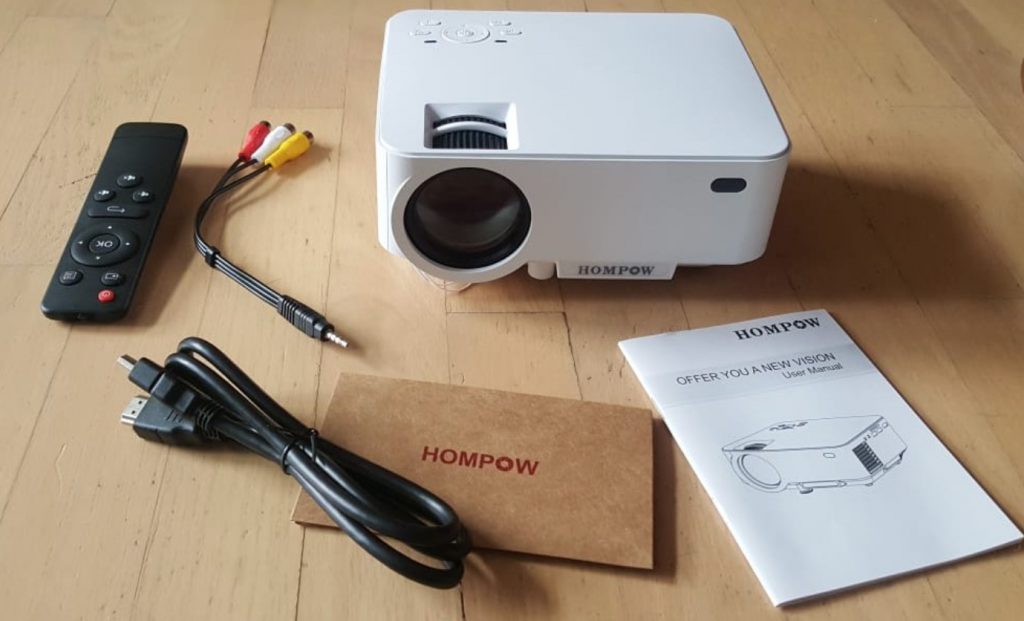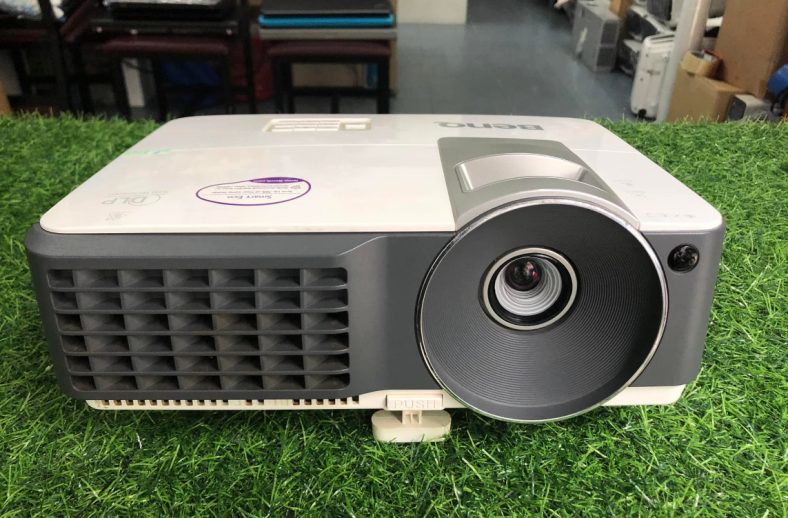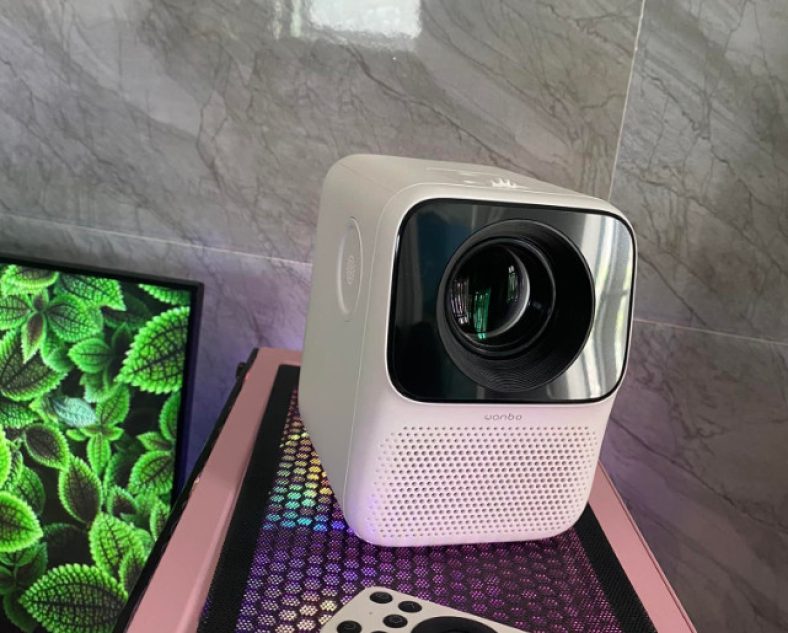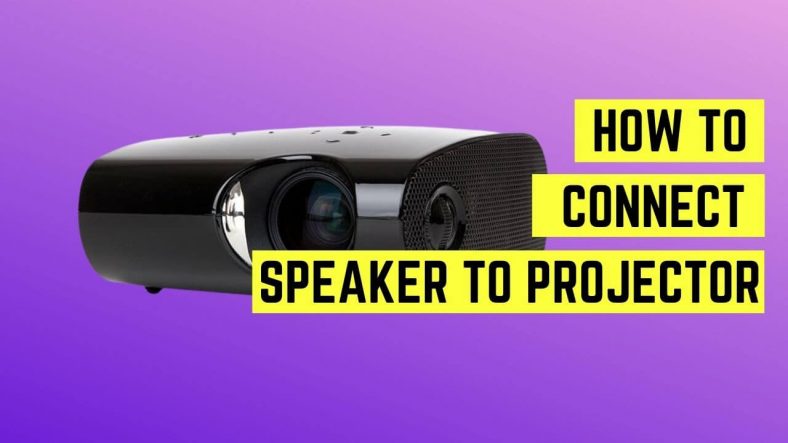How many Lumens do you need to project in daylight?
Using a projector during the daytime may be challenging if you don’t know how to adjust the brightness. How many lumens do you need to project in daylight?
To make the projector display look good in daylight, the intensity of the projector bulb must be around 2,500 lumens.
The answer varies depending on where and how you use the projector. This article will give you a comprehensive explanation of this issue. Let’s read on to discover!
Table of Contents
How Many Lumens Do You Need To Project In Daylight?
A lumen is a unit of brightness measurement. It demonstrates the total amount of illumination in a particular number of angles or beams.
If you want to show films or presentations in full daylight, you’ll need thousands of lumens rather than hundreds.
The lumens required may vary depending on the projector’s quality and where you use it.
We will discuss some most common cases right here. First, let’s check this table to have a thorough look at what we will analyze.
| Condition | Number of lumens required |
|---|---|
| Dark room | ~ 1,000 |
| Room with lights on | 2,000 to 3,000 |
| Outdoor | 3,000 to 5,000 |
Dark rooms
For watching movies in dark settings, a contemporary projector should offer at least 1,000 lumens of illumination.
If you own an extra-reflective display, you can skip the projectors with poor brightness.
On the other hand, modern projectors have greater intensity needed to catch pace with greater resolution.
Even in the dark, a high-resolution display demands up to 1,000 lumens of light. You must see every pixel to know the requirements for Ultra HD equipment, including crystal-clear resolution.
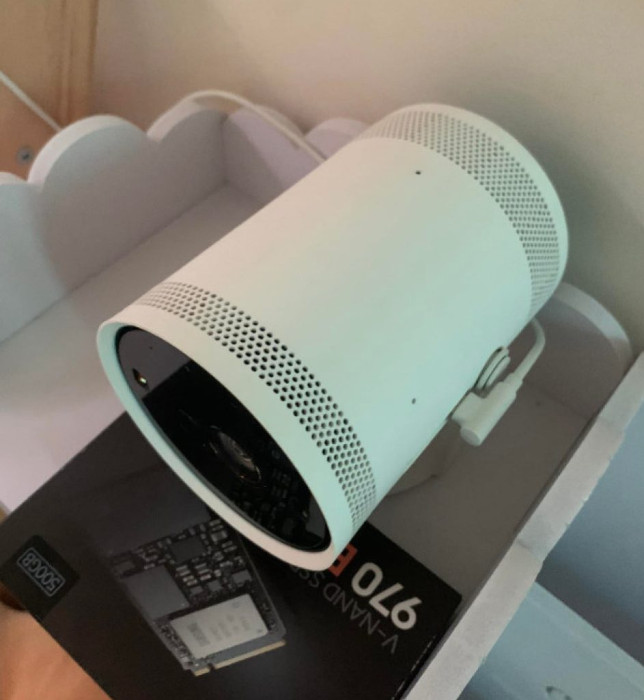
Rooms with lights on
You’ll need more than 1,000 lumens to display outdoors in full daylight. Projecting indoors with lights on also requires the same level of brightness. If you can’t offer this light spectrum, the colors and movement will be murky and faded.
A minimum range of between 2,500 and 3,000 lumens is advisable in brighter settings. This intensity level combats the ambient light that reduces the clarity and vibrancy of your projector.
If you’re presenting in a large room with lots of light, you’ll need a projector with at least 4,000 lumens.
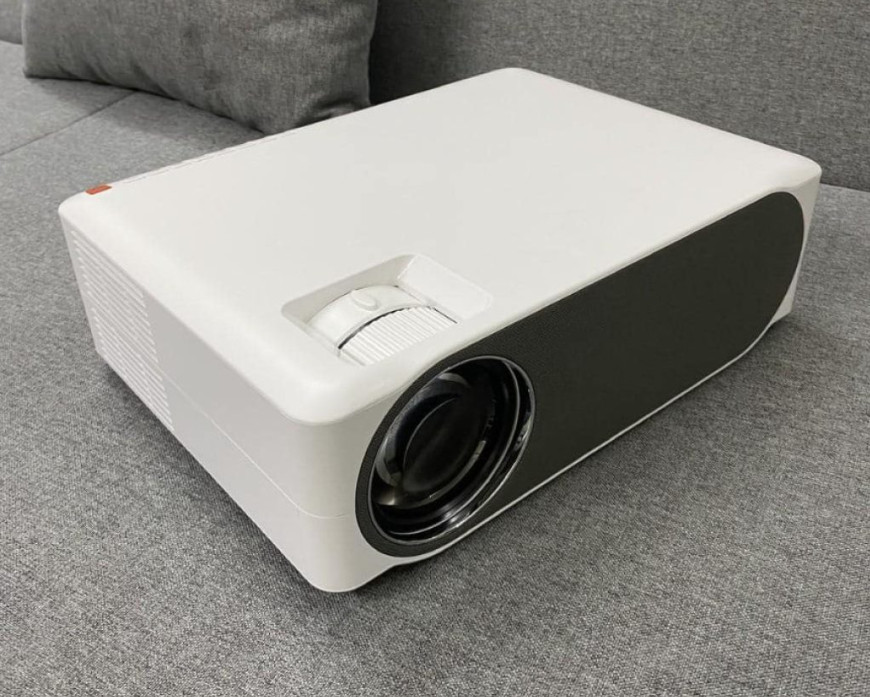
Outdoors
You should focus on the lumens of the projector if you’re trying to display your movies or TV shows in the broad outdoors with blazing sunshine all around you.
Start with 3,000 to 4,000 and work your way up. If you’re throwing a garden party in the morning or afternoon, invest in a projector with at least 5,500 lumens.
This high-lumen projector can cover a 40-foot inflatable display or wall with an expansive Ultra HD display.
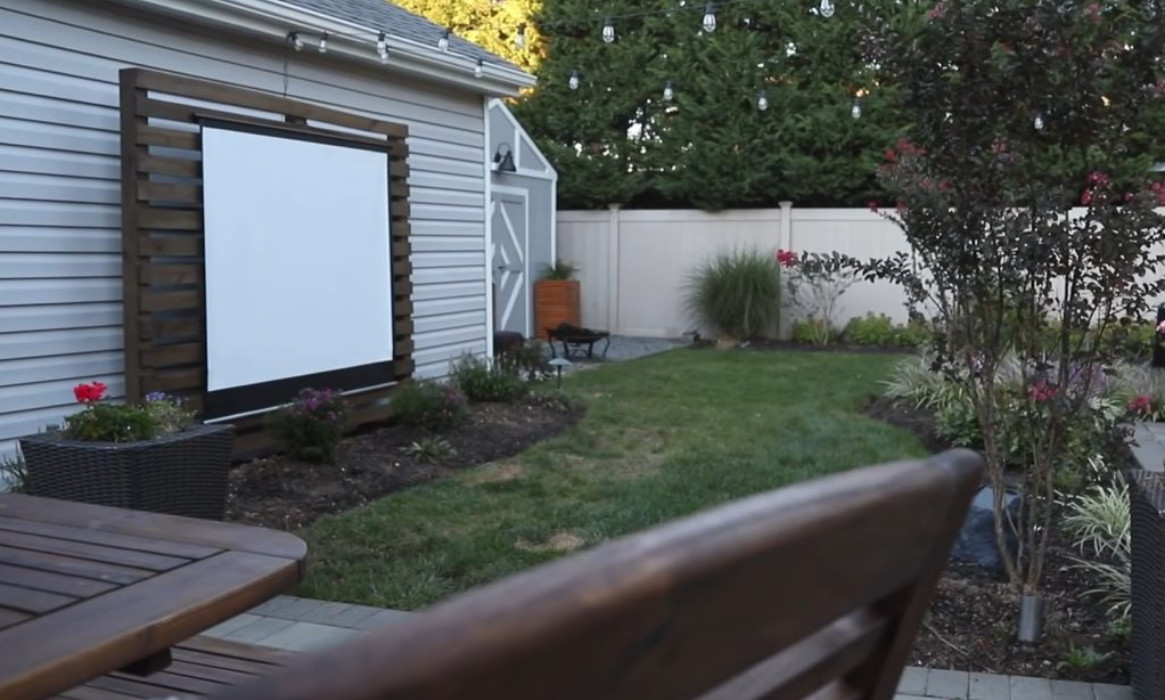
What Else Do You Need To Achieve The Best Resolution?
When projecting in daylight with a projector, other vital considerations might improve overall efficiency.
Direct sunlight
If you’re using a projector outside, ensure the sun isn’t shining directly on the projected display.
Sunlight has a higher lumen output than even the most advanced projectors. As a result, seeing objects on the projection screen in sunlight will be mostly impossible.
Shady screen
It would be better to work on a shaded screen. You’d better lower the light as much as possible.
If you’re employing the projector in a brightly lit room, close the curtains. Excessive sunlight can cause the projector lens to heat.
Reflecting surface
For daytime screening, a display device uses an extensive reflecting surface material. It contrasts with projecting a movie on the wall and ensures that you get the projector’s intended lumens rating.
The concept of screen gain is used in projector screens. Such an idea boosts the projection’s reflection quality.
It means that if the projector produces 1000 lumens of brightness and your projection screen has a screen gain of 1.2 X, the seen brightness will be 1200 lumens.
Related: How do projectors project the color black?
Screen size
If your screen is close to the projection area, you may view a small screen display. However, a projector positioned at a significant distance from the display creates a bigger but fading picture.
Many projectors come with different throw ratios. Long-throw devices are the most common form of the projector. They can produce a 100-inch picture with adequate illumination at a distance of 8 to 12 feet.

Frequently Asked Questions
Many users have shown their concerns about the lumens of projectors. Here are some of their frequently asked questions.
1. Is it true that more lumens equal better projections?
This idea is true in certain circumstances. More lumens may be beneficial if you work in a well-lit space.
If you display more brightness on a smaller device, though, you risk hurting your eyes or getting headaches. It can harm image quality as well.
Related: How does a projector operate?
2. Is a projector with 5000 lumens satisfactory?
Yes, they go above and beyond what you may expect. It’s perfect for settings with a lot of natural light, such as exposition halls or large conference rooms.
3. How many lumens will harm your eyes?
The answer is dependent on the surroundings as well as your vision. It can harm your eyes if you use a high-brightness device in a darkened room. When watching in bright light, be cautious since it might cause eye problems.
The Bottom Line
The projector’s light and the surrounding illumination directly affect the image quality when displayed in daylight, even in direct sunlight.
In general, a projector with a brightness rating of 2,500 to 3,000 is suitable.
Hopefully, you will find this article helpful. If you need any further information, please feel free to ask. Thank you for reading!

